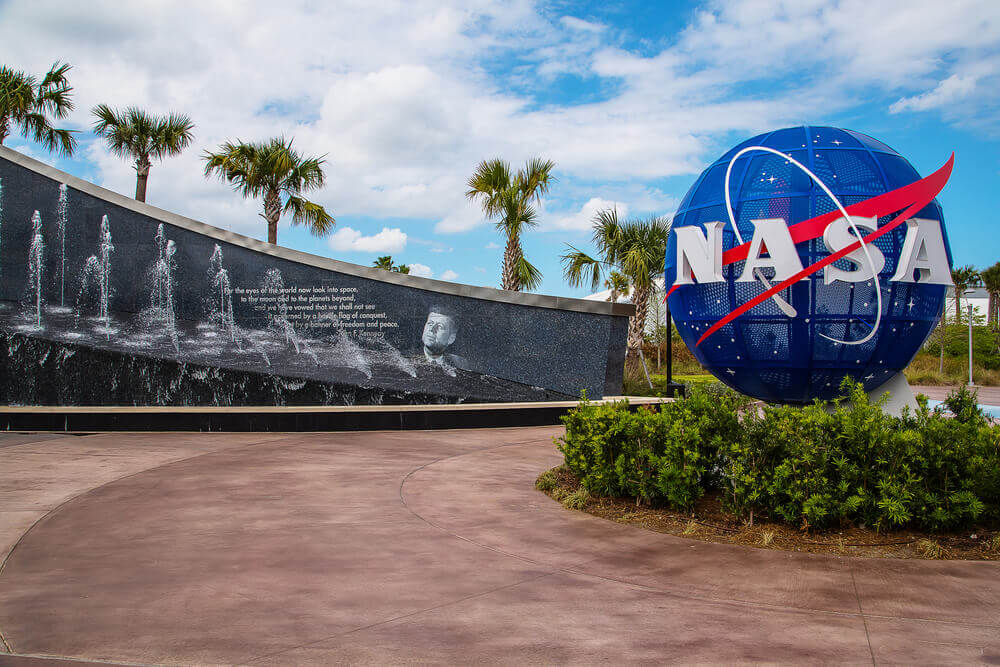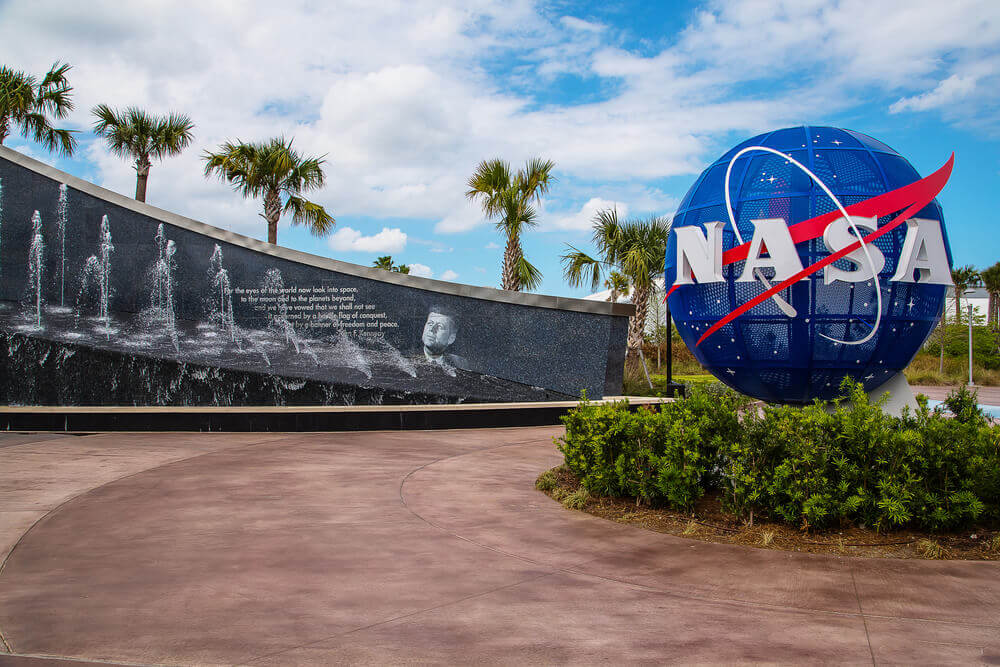
NASA Terminates $2 Billion Satellite Project
Quick Look
- NASA terminates the $2 billion OSAM-1 project amid setbacks and delays.
- The project aimed to extend satellite lifespans using a robotic arm for refuelling.
- Industry shifts and a lack of committed partners contribute to the project’s end.
- Maxar Technologies faces criticism for delays and increased costs.
- NASA seeks to mitigate impacts on staff at the Goddard Space Flight Center.
Launched with high hopes in 2015, NASA’s On-orbit Servicing, Assembly, and Manufacturing 1 (OSAM-1) project aimed to revolutionize space technology. Its objective was to refuel ageing satellites, thereby extending their operational life. This innovative project promised to save costs and reduce space debris by keeping satellites in use for longer periods. However, despite its potential, NASA announced on Friday that it would discontinue the effort. An independent review highlighted “continued technical, cost, and schedule challenges,” leading to the project’s unfortunate demise.
SPIDER’s Leap: Redefining Space Tech
The OSAM-1 project represented a bold step into the future. At the heart of this mission was the Space Infrastructure Dexterous Robot (SPIDER), designed to perform engineering feats. SPIDER was tasked with opening fuel hatches and unscrewing fuel caps in the vacuum of space, representing a significant advancement in robotic technology. Its primary mission was to refuel the Landsat 7 satellite, a task never intended when the satellite launched in 1999. However, as the space industry evolved toward satellites designed for refuelling, the need for such a project began to diminish. Coupled with the lack of a committed partnership, the project’s relevance faced significant challenges.
OSAM-1’s Cost Surge to $2.05B: Delays and Doubts
Financial and contractor issues further complicated the OSAM-1 project. Initially estimated at $753 million, the project’s cost escalated to $2.05 billion by 2022. Maxar Technologies, responsible for delivering the spacecraft and robotic arm, faced criticism for delays and rising costs. The contractor’s “poor performance” strained its relationship with NASA and led to considerable setbacks for the project. With the spacecraft delivered two years late and continuous delays for SPIDER, the mission’s feasibility began to dwindle. Maxar’s admission of no longer profiting from the contract work signalled deep-seated problems within the project’s execution.
In response to these challenges, NASA has shifted its focus toward mitigating the impact of OSAM-1’s cancellation on its dedicated staff at the Goddard Space Flight Center. The termination of this ambitious project marks a poignant moment in space exploration, reflecting the complexities and evolving needs of the industry. Although the dream of refueling satellites in orbit remains unfulfilled, the lessons learned from the OSAM-1 mission will undoubtedly shape future endeavors to extend human capability in space.
The post NASA Terminates $2 Billion Satellite Project appeared first on FinanceBrokerage.

